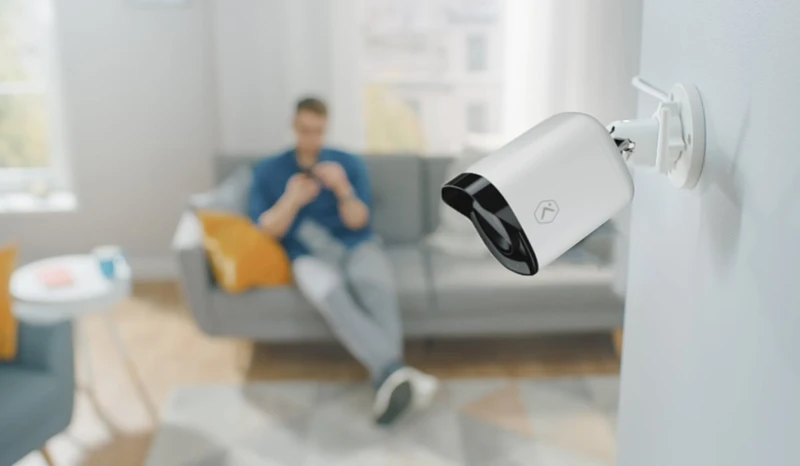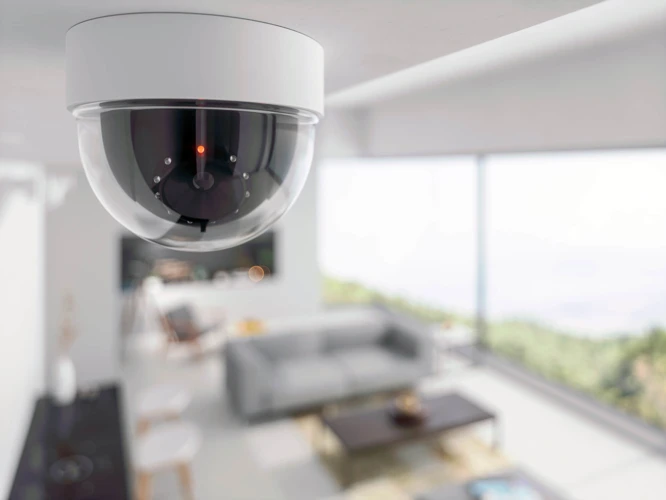In today’s technologically advanced world, surveillance has become an integral part of ensuring safety and security in various environments. One of the most common forms of surveillance is wired surveillance, which involves the use of wired cameras and recording devices to monitor and record activities in a specific area. This article will explore the reasons why wired surveillance is still relevant and effective in today’s digital age.
Benefits of Wired Surveillance

1. Reliability
One of the primary advantages of wired surveillance systems is their reliability. Unlike wireless systems that can be susceptible to interference or signal loss, wired cameras are connected directly to a recording device through cables, ensuring a stable and consistent connection. This reliability is crucial in security applications where uninterrupted monitoring is essential.
2. Enhanced Security
Wired surveillance systems offer enhanced security features compared to their wireless counterparts. Since wired cameras require physical connections, they are less vulnerable to hacking or signal jamming, making them a more secure option for sensitive environments such as banks, government buildings, or high-security facilities.
3. Better Image Quality
Another significant advantage of wired surveillance is the superior image quality it provides. By transmitting video signals through cables, wired cameras can deliver high-definition footage with greater clarity and detail. This higher image quality is essential for identifying individuals or objects in surveillance footage, making it easier to investigate incidents or criminal activities.
4. Longevity
Wired surveillance systems are known for their longevity and durability. Unlike wireless cameras that rely on batteries or wireless connections that may degrade over time, wired cameras have a more extended lifespan and require minimal maintenance. This longevity makes wired surveillance a cost-effective solution in the long run, as it reduces the need for frequent replacements or upgrades.
5. Scalability
Wired surveillance systems are highly scalable, allowing users to expand their surveillance coverage easily. Additional cameras can be installed and connected to the existing wired network without significant reconfiguration, making it simple to adapt the system to changing security needs or expanding premises. This scalability ensures that wired surveillance remains a flexible and versatile solution for various applications.
6. Legal Compliance
In many jurisdictions, there are specific legal requirements for video surveillance systems, especially concerning data privacy and security. Wired surveillance systems offer a higher level of compliance with these regulations, as they provide a secure and controlled environment for storing and accessing surveillance footage. By using wired cameras, organizations can ensure that they meet legal obligations and avoid potential fines or legal issues related to surveillance practices.
7. Remote Monitoring
Despite being physically connected, wired surveillance systems can still support remote monitoring capabilities. By integrating wired cameras with networked recording devices, users can access live or recorded footage from any location with an internet connection. This remote monitoring feature enhances the flexibility and accessibility of wired surveillance systems, allowing users to monitor their premises or assets remotely with ease.
8. Resistance to Interference
Wired surveillance systems are less susceptible to interference from external sources, such as other wireless devices or electronic signals. The physical connections of wired cameras prevent signal disruptions, ensuring continuous and reliable surveillance coverage even in environments with high levels of electromagnetic interference. This resistance to interference makes wired surveillance systems a dependable choice for critical security applications.
9. Integration with Other Systems
Another advantage of wired surveillance is its seamless integration with other security systems. Wired cameras can be easily connected to access control systems, alarms, or analytics software, creating a comprehensive security solution that can enhance overall safety and efficiency. This integration capability allows organizations to leverage their existing infrastructure and maximize the effectiveness of their security operations.
10. Cost-Effective Solution
While the initial installation cost of wired surveillance systems may be higher than wireless alternatives, they offer a cost-effective solution in the long term. With lower maintenance requirements, longer lifespan, and higher reliability, wired cameras can provide a better return on investment over time. Organizations looking for a robust and dependable surveillance solution can benefit from the cost-effectiveness of wired systems.
Looking to delve deeper into the world of surveillance? Explore articles on wired surveillance costs, cost of wired vs. wireless surveillance, why maintenance is important in video surveillance, factors to consider in wired and wireless video surveillance, and how to detect hidden cameras for valuable insights!
Conclusion

In conclusion, wired surveillance remains a relevant and effective security solution in today’s digital age due to its reliability, security features, image quality, longevity, scalability, legal compliance, remote monitoring capabilities, resistance to interference, integration with other systems, and cost-effectiveness. While wireless technologies continue to evolve, wired surveillance systems offer a proven and dependable option for organizations and individuals seeking robust security solutions. By leveraging the benefits of wired surveillance, users can enhance safety, protect assets, and maintain a secure environment in various settings.







